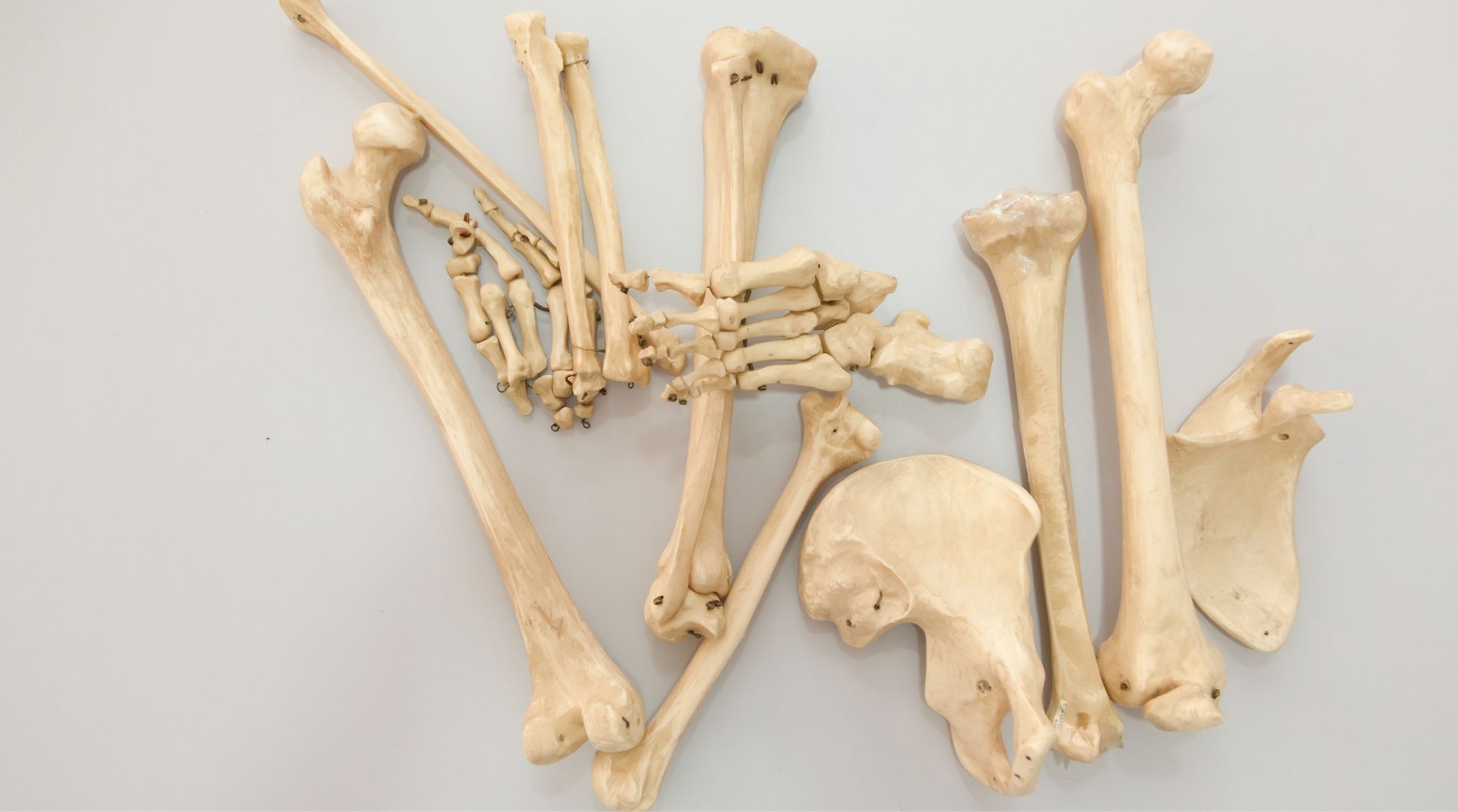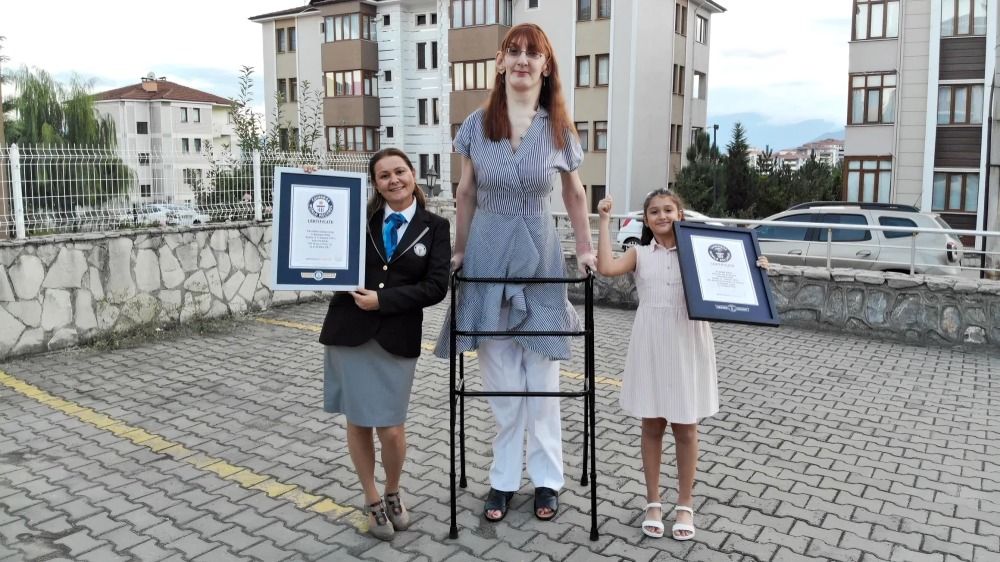
“
Bones are the unsung heroes of our bodies, providing structure, protection, and a host of other essential functions. From supporting our movements to producing vital blood cells, bones play a crucial role in our overall health and well-being. As we embark on this educational journey, let's delve into some fascinating facts about bones that highlight their incredible importance and complexity. Bones form the architectural framework of our bodies and are essential for maintaining posture and balance and enabling fluid movements from walking to dancing.1
1
”
The adult human body contains 206 bones. These bones form the skeleton, providing structure, protection for internal organs, and enabling movement. The number of bones can vary slightly due to natural variations and the fusion of certain bones over time.1
Elephant bones are some of the densest in the animal kingdom, necessary to support their massive weight. Despite their density, they are surprisingly lightweight due to their hollow, honeycomb-like structure. 2
The human hand, with 54 bones including carpals, metacarpals, and phalanges, and the human foot, with 26 bones such as tarsals, metatarsals, and phalanges, work together to provide dexterity, strength, support, and flexibility for various movements and functions. 3
Human bones are remarkably strong, capable of withstanding forces up to 250 pounds per square inch. This strength makes them comparable to concrete, highlighting their crucial role in supporting and protecting the body’s structure and functions. 4
Bones grow throughout childhood and adolescence, with growth plates gradually closing around age 25. This marks the end of skeletal development, after which bones maintain their size and strength but stop increasing in length. 5
The strongest and longest bone in the human body is the femur. It can support up to 1,200 pounds of weight, thanks to its dense structure. Its length and strength are crucial for bearing the body's weight and facilitating movement. 6
The stapes, located in the middle ear, are the smallest and lightest bone in the human skeleton. Despite its tiny size, it plays a crucial role in hearing by transmitting sound vibrations from the middle ear to the inner ear. 7
Tooth enamel, the hardest substance in the human body, is even stronger than bone. Its exceptional strength and durability protect teeth from decay and damage, making it essential for chewing and overall dental health. 8
Alisina Shahi set the record for arranging all the bones of a human leg in just 78 seconds at the 2022 American Association for Hip and Knee Surgeons Annual Meeting. OrthAlign donated over $5,000 to Operation Walk in support.9
Bones contain bone marrow, a soft tissue with vital functions. Red marrow produces red and white blood cells as well as platelets, while yellow marrow stores fat. In times of need, yellow marrow can convert to red marrow to support blood cell production. 10
Bones possess a remarkable ability to heal themselves. When a bone fractures, osteoblasts, specialized cells, work to repair the damage by generating new bone tissue. This natural process allows bones to mend and regain strength over time. 11

Exoskeletons offer structural support to weakened or damaged bones and joints, aiding individuals with conditions such as arthritis, stroke, or spinal cord injuries. These devices enhance mobility and strength, improving the quality of life for those with physical challenges.
Julius Koch, known as "Constantine the Giant," had the longest recorded femurs, measuring 76 cm (2 ft 5.8 in). This was slightly longer than Robert Wadlow's femurs, which were about 75 cm (2 ft 5.5 in), despite Koch's shorter height. 12
The largest bone marrow donation ever recorded was 1.2 liters, which was crucial in saving the life of a leukemia patient. This substantial donation highlights the significant impact that bone marrow transplants can have in treating serious blood disorders. 13
Robert Wadlow, the tallest person ever recorded, stood at 272 cm (8 ft 11 in) before his death at 22. His remarkable height was likely due to a condition that caused his growth plates to remain open longer than usual. 14
Most people have 12 ribs, but about 1 percent are born with a rare 13th rib, known as a cervical rib. This extra rib can cause issues like neck pain, often leading to its removal for relief. 15
Bone is living tissue, continuously replenished through collagen. This ongoing renewal process means that roughly every 7 years, your skeleton is entirely replaced with new bone tissue, maintaining strength and flexibility throughout your life. 16

The longest back of a living person (female) is 59.90 cm (23.58 in), held by Rumeysa Gelgi (Turkey), verified on February 19, 2022, in Karabuk. This record measures from the Thoracic (T1) to the Lumbar (L5) region.
The first known treatments for bone injuries date back to ancient Egypt around 3000 BCE. Early methods included using splints made from wood and linen bandages to immobilize fractured bones. These techniques laid the groundwork for modern orthopedic practices. 17
Evel Knievel, famous for motorcycle stunts, suffered 433 bone fractures by 1975. In 1976, a failed shark jump left him with a concussion and two broken arms, leading to his retirement from major stunts, passing the torch to his son Robbie. 18


